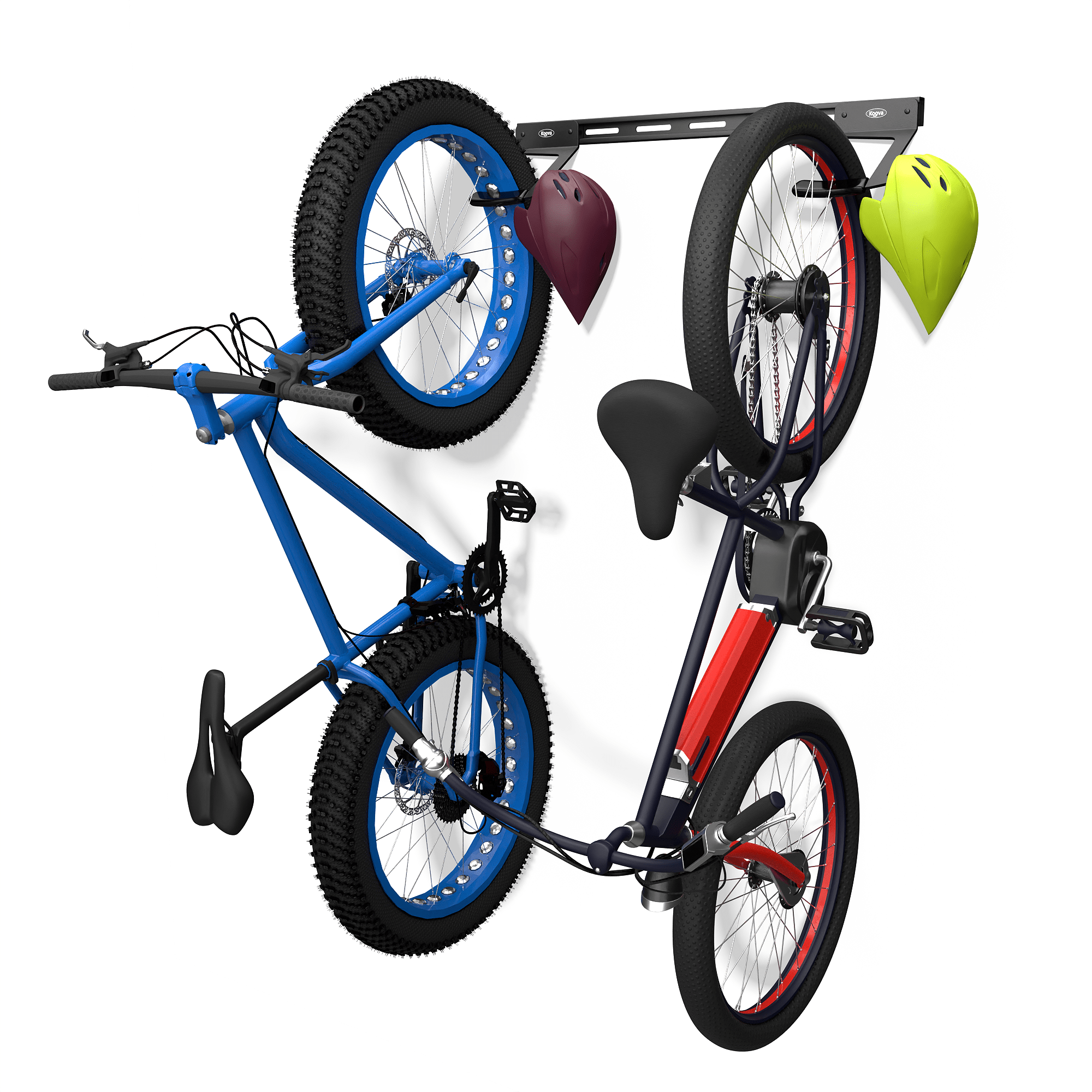Frequently Asked Questions
1. Why is proper storage of sports equipment important?
2. What should I do before storing my sports equipment?
3. How can I ensure my sports gear stays dry during storage?
4. What are some best practices for storing team sports gear?
5. What eco-friendly storage solutions can I use for my sports gear?
Keeping your sports equipment in top condition is essential for performance and longevity. Whether you’re an avid athlete or a weekend warrior, knowing how to store your gear can help you avoid damage and maintain your equipment's integrity. In this guide, we'll cover best practices for storing sports equipment, ensuring that everything from bikes to balls is well-organized and protected!
Understanding the Importance of Proper Storage
Proper storage is key to extending the lifespan of your sports gear. Poorly stored equipment can suffer from damage, mold, or wear, significantly reducing its lifespan. By following best practices, you can not only keep your equipment functional but also maintain its value. Proper storage can also keep your space organized, allowing for easier access when you're ready to play.
General Guidelines for Storing Sports Equipment
Clean Before Storage
Before you store any equipment, make sure to clean it thoroughly. This step prevents dirt, grime, and moisture from causing problems when the equipment is tucked away. For instance, wiping down your bicycles, tennis rackets, and gym mats will keep them in prime condition. Use appropriate cleaning supplies specific to each material for the best results.
Dry Equipment Completely
Moisture can be detrimental to sports gear. Even a small amount of moisture can attract mold and mildew. Always ensure that your equipment is completely dry before putting it away. This is particularly important for items like shoes, wetsuits, and any gear that has been exposed to water.
Choose the Right Storage Environment
Your garage, shed, or storage space matters greatly. Avoid storing equipment in locations that experience extreme temperatures or humidity. A climate-controlled environment is ideal, as it reduces the risk of deterioration. Attics and basements can often retain moisture and cause damage, so consider alternatives for sensitive items.
Category-Specific Storage Tips
Storing Team Sports Gear
Items like soccer balls, basketballs, and football pads should be stored in a manner that maintains their shape. Here are some handy tips:
- Use mesh bags: Store balls in mesh bags which allow airflow and prevent moisture build-up.
- Keep pads in a dry area: Protect your padded gear from moisture to maintain their integrity.
- Designate a specific area: Create a section in your garage or storage room for team sports gear to maintain organization.
Storing Individual Sports Equipment
Individual sports equipment like tennis rackets, golf clubs, or yoga mats requires delicate handling. Here are best practices:
- Use covers: Protect rackets and clubs with covers to minimize dust and damage.
- Hang or rack: For items like bikes, a wall rack can save space while preventing damage.
- Keep mats rolled: Store yoga mats in a cool, dry place; do not fold them to avoid creases.
Unique Storage for Water Sports Equipment
Water sports gear like paddleboards and kayaks requires special considerations:
- Store in a dry area: Ensure that all items are completely dry and stored away from moisture.
- Use holders: Consider utilizing suspension racks or wall hooks designed for storing larger items to prevent them from coming into contact with dirt and debris.
Essential Accessories for Storing Sports Equipment
Storage Bins and Shelves
Investing in quality storage bins and shelving units is fundamental to an organized sports equipment area. Look for bins that are durable and allow airflow, as stagnant moisture can cause mold. Labeling bins can also be beneficial; you’ll know exactly where everything is stored when you need your gear for an impromptu game.
Lubrication Can Holders for Equipment Maintenance
To maintain your sports equipment, consider having a lubrication can holder on hand. These holders keep your lubricants organized and ensure that they are always accessible when it’s time for maintenance. Lubrication is especially critical for machinery like bicycles or rollerblades to reduce friction and ensure smooth functionality. A holder makes it easy to grab what you need for quick fixes before you hit the field or court.
Best Practices for Seasonal Gear Storage
Rotating Gear
If you have seasonal sports equipment, be sure to rotate it effectively, allowing room for the type of gear you’ll be using most frequently.
Protection from Pests
Mice and insects can cause significant damage to your sports equipment if not properly protected. Here are some tips:
- Use pest repellents: Natural pest repellents can deter unwanted guests without harming the environment.
- Seal storage areas: Ensure that your storage areas are sealed off where possible. Look for cracks or entry points that pests might use.
Organizing Your Storage Space Efficiently
Use Vertical Space
Utilize vertical space to maximize storage efficiency. Wall-mounted hooks and shelving units are great for items like bikes, tennis bats, and more. This allows you to free up floor space and keep everything organized.
Seasonal Check-Ups
Regularly check your stored sports equipment. A seasonal maintenance check can preemptively identify problems, ensuring that your gear is always ready for action. Take inventory, check for damage, and clean any items that seem to have collected dust or moisture.
Eco-Friendly Storage Solutions
For the environmentally conscious athlete, consider eco-friendly storage solutions. Think about using reusable bins made from recycled materials and avoid plastic whenever possible. Opting for sustainable items adds another layer of responsibility to caring for your sports equipment.
Mastering the Art of Storing Sports Equipment
With these best practices, you should be well on your way to becoming a pro at storing sports equipment. From understanding the importance of cleanliness and maintenance to implementing category-specific strategies, each aspect contributes to prolonging the life of your gear. Don't forget to invest in useful tools like a lubrication can holder to keep your maintenance supplies organized and accessible. With proper care, your sports equipment will be ready for action whenever you are!
Your gear deserves care and attention, and mastering the art of organization can take your sporting experience to the next level. By implementing these strategies, you'll not only enhance your performance but also create a welcoming and efficient space for all your sports needs!


